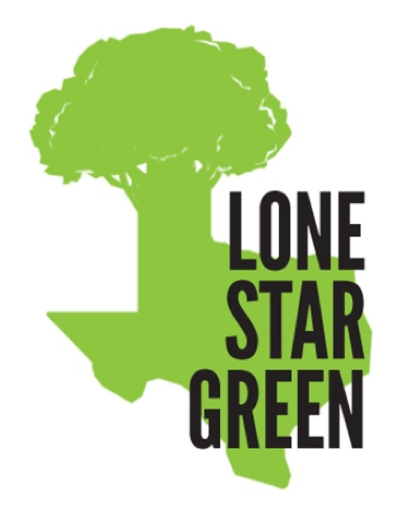 DON’T FORGET TO MARCH AGAINST MONSANTO IN SAN ANTO AND AROUND THE WORLD MAY 25!
DON’T FORGET TO MARCH AGAINST MONSANTO IN SAN ANTO AND AROUND THE WORLD MAY 25!
—
We are experimental people. By that, I don’t mean we like to tinker. Though tinker we certainly do. We’re experimental people in the way that white-coated Wistar rats are experimental rats. After hundreds of thousands of years spreading about the planet, settling everywhere from Africa’s deepest deserts to the Arctic’s most frigid barrens, humans face a new and possibly impenetrable challenge. Suddenly, the terrarium we haunt has been thoroughly, and potentially irrevocably, chemically and genetically altered. Simply put: we live and die exposed to substances that didn’t exist on the planet until very recently. It all hits women and children the hardest: babies across the U.S. are born with toxic chemicals in their bloodstreams and Inuit mothers, living as far away from industrial pollution as you can get, have been measured with toxic loads in their breast milk at truly hazardous proportions thanks to the transport of poisons through the marine food web.
While human populations have boomed with concurrent medical advances, there have been strings attached to the agricultural and chemical revolutions. Incidences of a wide range of cancers — particularly breast and prostate — continue to climb. Diabetes has soared. Sperm counts have fallen. And young girls are reaching sexual maturity years earlier.
While working at Brooke Army Medical Center in the 1990s, Dr. Chandra Tiwary started seeing a disturbing trend in San Antonio. Babies and young children between 10 months and seven years old developing pubic hair and breast buds. Strange sightings, indeed, in a city where young girls already reach puberty at earlier ages thanks to elevated obesity levels (weight being one of the measures that trigger hormonal change). Tiwary linked his findings to the use of shampoos and conditioners containing placenta. “These products contain hormones — and sometimes they do say so,” Tiwary told the Current. “[Customers] hope their hair will grow healthier or longer, but really estrogen doesn’t have this effect.” Here was a case where education and avoidance solved matters: after the families he consulted stopped using those products their children’s conditions returned to normal.
Less clear is how we are to avoid suddenly ubiquitous chemicals such as bisphenol A, or BPA. The estrogen mimic is a synthetic creation born of blended coal tar extract and acetone that is found in a large variety of goods, including water bottles, baby bottles, tinned food cans, and paper receipts. Although industry has rushed to remove it from drinking water bottles, debates still rage regarding its impact on human health. The inter-agency National Toxicology Program found “some concern” (ranked 3 on a 5-point scale from “negligible” and “serious”) that current levels of exposures may be damaging the brains, behaviors, and prostate glands in fetuses, infants, and children. Ranking at “minimal” concern is the potential quickening of puberty among children.
Still, should we choose to make the change, regulation could rid the world of BPA in a matter of years. What takes its place is another matter.
But there is another form of pollution that we may never be able to shake. Genetically modified crops — corn, soy, canola, among them — can quickly infect traditional crops, breeding their way through the food supply although the potential health consequences of GMOs are still poorly understood. It’s this unwelcome spread that a consortium of organic and traditional farms had sought to check via a lawsuit against Monsanto, a notoriously litigious GMO developer that controls a quarter of the world’s seed market. (Remember that love of tinkering I mentioned before?) The suit was joined by roughly 300,000 growers, including Lubbock organic cotton grower LaRhea Pepper, whose cotton is used in a popular line of feminine care products. Though the case was thrown out last Friday, the Organic Seed Growers and Trade Association is expected to appeal.
And Dr. Tiwary, now at Walter Reed Army Medical Center, is still researching and warning about rampant hormones in the environment. “What I’m worried about now is people using transdermal estrogen products by prescription. Even though it is a prescription product, if she produces a baby then [the child] has the side effect of estrogen: premature sexual development and long-term effects that are pretty scary, maybe related to breast cancer or some other forms of cancer. We don’t know.”
Given the potential ramifications of all that we don’t know, an easy point to rally around is the precautionary principle that seeks to reform manufacturing through a proposed Safe Chemicals Act. Instead of putting the burden of proof on all of us to show that a chemical — or a genetically modified seed — is hazardous after the fact, make the manufacturer show it is safe before it’s on the shelf at Target or H-E-B or in our fields.
A movement to force the FDA to label genetically engineered foods as is required in many other counties has gained traction in the States (justlabelit.org). Sign on and get your “No GMO” posterboard ready for Saturday’s International Women’s Day March. It may be a plastic age, but woman and children are still not disposable commodities. •
—
DON’T FORGET TO MARCH AGAINST MONSANTO IN SAN ANTO AND AROUND THE WORLD MAY 25!








